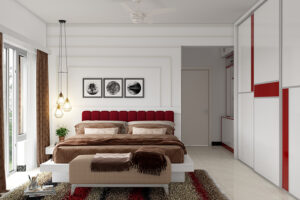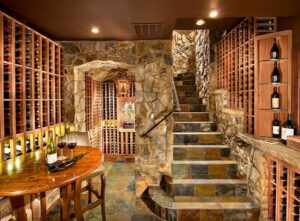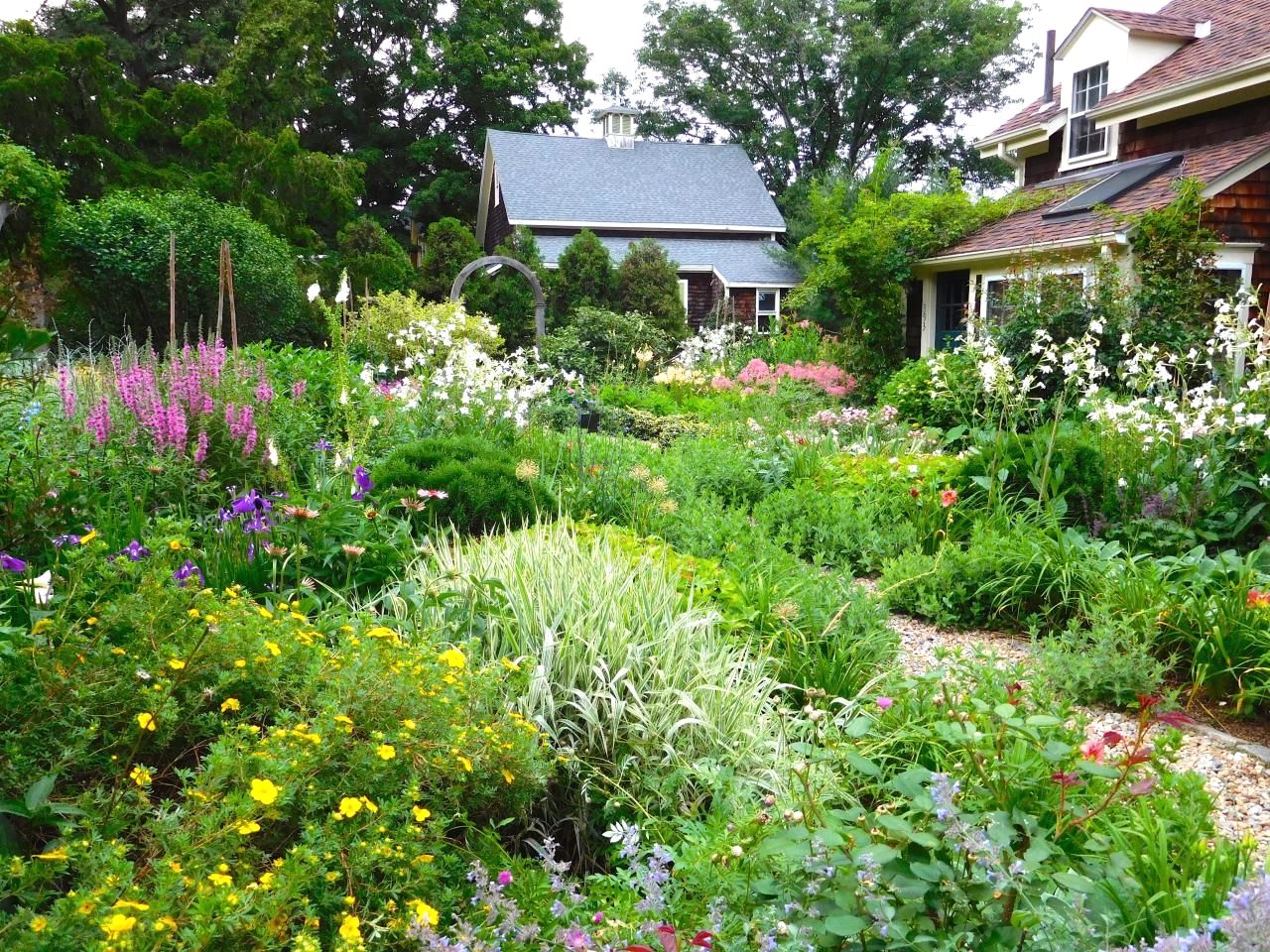
The English style in landscape design in its homeland replaced the French one. It includes a whole group of directions in which palace, landscape, eclectic, castle parks, Victorian gardens are decorated. Separately, the modern stylistic branch – the cottage garden – is noted. The art of landscape design in England developed in two directions: aristocratic parks and rural gardening. If, in the first case, the only aesthetic appeal was important, then in the second, there was a practical side. For example, the reservoir in the castle park is intended solely for the enjoyment of the eye, and in the countryside, water was taken from it for irrigation. Rural gardens abounded with fruit trees and spices. In the palace parks, the emphasis was on exotic plants and flower bushes. Over the years, the British began to give preference to compact areas with small, cozy houses. After adding light aristocratic features, the rustic English style in landscape design was transformed into a modern cottage garden (literally translated as “garden at home”). Let’s get acquainted with a detailed description of the direction and its features.
History: Traditions of English Garden Design
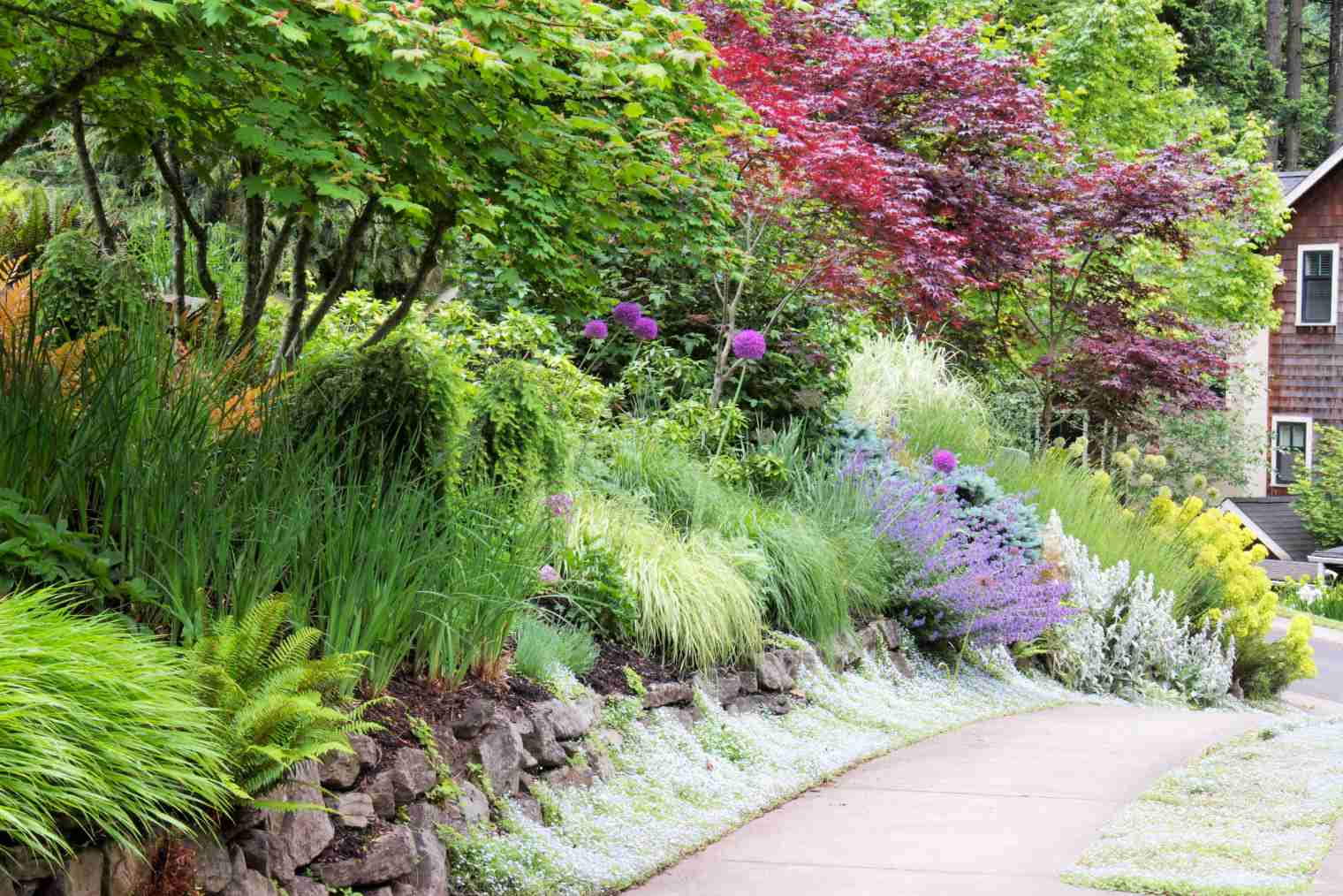
The history of the English style in landscape design began long before summer cottages became a luxurious addition to city apartments. The garden was originally seen as a convenient addition. It grew fruits that could be eaten. The first who began to allocate separate areas for trees and shrubs were monks. In the Middle Ages, only very wealthy people could afford a full-fledged garden. They hired dedicated staff to look after the plantings, ponds, and décor, giving them a neat look. Most often, the garden was only part of a castle or palace complex. Then the Protestant Huguenots fled to England from Holland, who brought with them exotic liriodendrons (tulip trees), nasturtiums, and legumes (“golden rain”).
Local parks began to be decorated with unusual plants. Symmetry came into vogue. In the 17th century, the first botanical gardens appeared in Oxford and then in Edinburgh. An example of a truly English style in landscape design was the park in the Chiswick estate, which William Kent created. The gardener and architect formulated the basic principles of the ethnic trend. The result is an almost natural (more often called landscape) landscape, occasionally diluted with artificial elements. The English garden does not look wild. It is aesthetically beautiful, but at the same time, noble and aristocratic. The landscape is replete with perennials, spices, “classic” bushes, and trees, which line up in dense ranks of tapeworms. In this case, plantings alternate with “voids” in the form of reservoirs or spacious lawns. The exotic site is diluted sparingly.
The style has incorporated the features of the nation that created it. The British are restrained, slightly arrogant, severity is not alien to them, and the manifestation of violent emotions, in general, is considered bad manners. All elements of the English garden are ideally combined with the stonework of the facades of country houses and rare rock gardens. The landscape of the British Isles is replete with hills and landscape folds, which are diluted with many rivers, lakes, valleys. All this natural splendor remains untouched, and hand-made elements only improve the natural decor. The English garden smoothly turns into forest thickets. Well-groomed lawns are connected with natural plantings by narrow paths. Thanks to this combination, picturesque landscapes are obtained, where artificial harmoniously coexists with nature in all its natural beauty.
Style Features
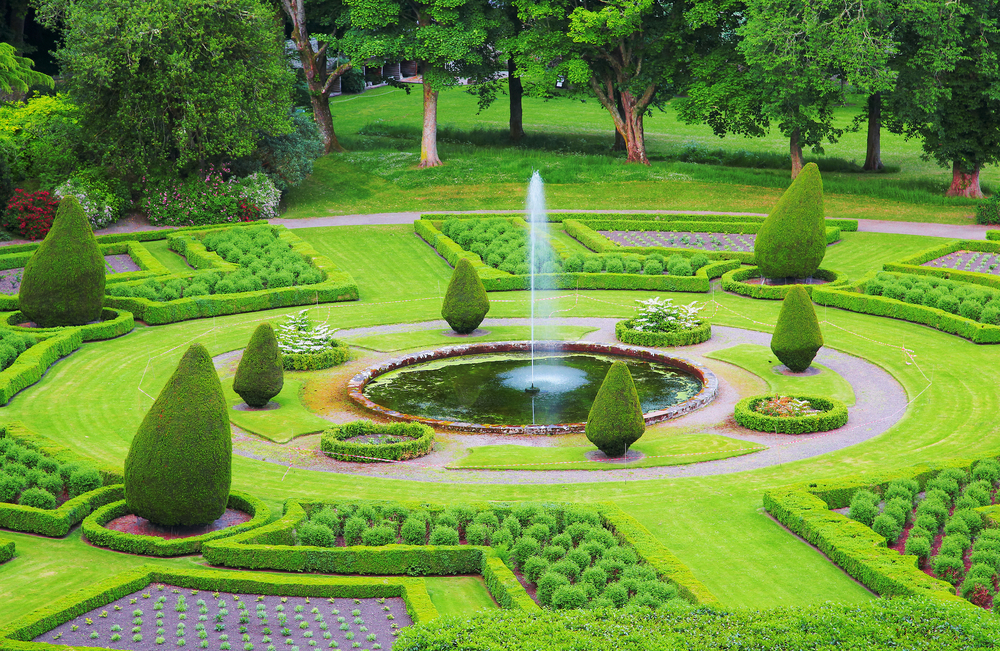
Landscape designers note several features, the combination of which is characteristic only of the English style:
- The exterior of the house is included in the overall composition and is an integral part of it. The facade must be landscaped with the help of weaving plants (ivy, clematis, grapes). In old English estates, the house walls are not visible at all behind the green curtain.
- Winding garden paths. When designing, landscape objects are first placed on the plan, and only after that, they think over the location of communication lines. Paths go around obstacles and “wiggle” around ponds, gazebos, or green spaces. They are made of stone or bulk materials: sand, gravel, crushed stone, pebbles, bark.
- The presence of a well-groomed parterre lawn. The wild Moorish version for the prim and sleek English style does not fit at all.
- Garden paths connect several large lawns.
- Landscape reservoirs. It is desirable, of course, that there is a natural lake or pond on the site. If there is no reservoir, then it will have to be created artificially, but in such a way that it is as similar as possible to the real one.
- The use of perennials and “weeping” trees in landscaping.
- The presence of rock gardens and rockeries.
- The garden cottage has the attributes of careless village life.
- Strict geometry.
Despite the naturalness of the landscape, the location of each object is clearly verified. Before implementing the design project, the layouts of reservoirs, lawns, gazebos are carefully adjusted. The main building is necessarily located in the site’s depths, and the facade is hidden from the eyes of street passers-by with tree crowns. Gazebos are placed at the intersections of garden paths. Bright, variegated flower beds adorn only the courtyard in front of the house. Sculptural compositions are displayed. It is advisable to place them near the fence. Green spaces are located along the perimeter of the site.
Color Variety
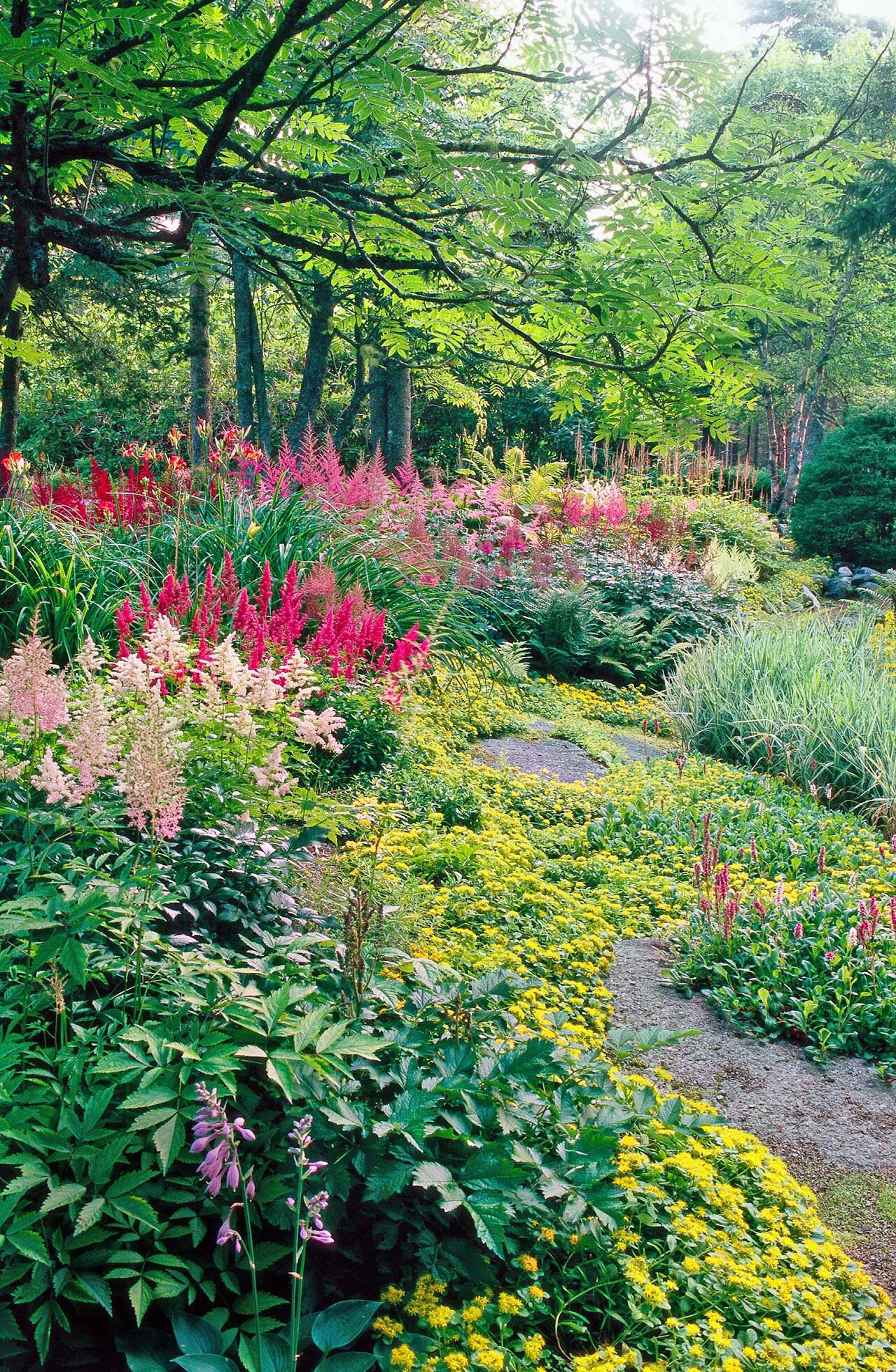
The English garden is the least similar to the palette of colors of the avant-garde artist. An abundance of green characterizes it. Moreover, its numerous gradations are used: silver, salad, mint, malachite, spring, mustard, forest, olive, viridian, chartreuse, classic. You can achieve such a shading variety by combining various trees and shrubs. We will talk about what types of plants are planted in English gardens just below. Of course, the green carpet is diluted with bright spots, but they mostly liven up the exterior of the main building. It is here that even geometrically correct flower beds are present. While the flower beds in the rest of the site are made mainly in calm, pastel colors: delicate pink, soft peach, maroon, neat lilac, pale yellow, white.
Design and Decor

In English parks and gardens, little artificial decor is used. However, those decorations that are still present in the landscape automatically become accent zones precisely because they are in the minority and are far behind in terms of the number of green spaces. The location of important decorative details should be considered in advance. The designer arms himself with a sheet of paper for a sketch and pencil sketches a site plan, then puts the existing buildings on the drawing. Now, when it is easier to navigate the terrain, you can draw an approximate decor layout. Only typical English or antique pieces should be chosen from the rich assortment of landscape decorations. The latter is used to decorate individual secluded corners of the property.
Decorative Constructions
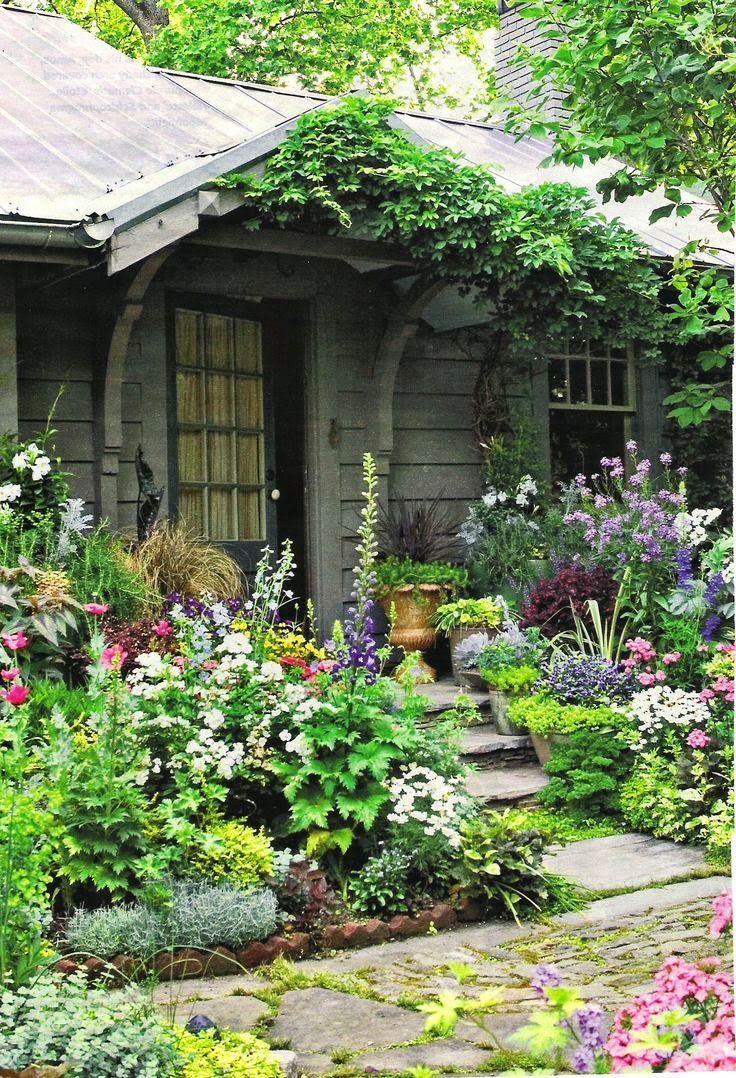
In the design of English sites, two types of material prevail wood and stone. The first is used for the manufacture of benches, fences, gates. The lower part of the facades of buildings is trimmed with stone. Monumental fences are erected from it, and paths are paved. The fence can also be made of brown brick, but it must be supplemented with forged elements so that the structure does not look impersonal. Decorative structures include pergolas, gazebos, benches, sculptural compositions, platforms up to half a meter high. Stone stairs emphasize the relief of the site. Their steps are decorated with moss, and a wildly growing mix border is planted on the sides. As a rule, each garden has its own seclusion. It is set up near a reservoir or on the site’s border, away from a noisy courtyard.
On such a site, surrounded by benches, they put a gazebo or a statue depicting a person or an animal. They decorate the area with green spaces or a low fence. By the way, benches are located under trees, along garden paths, or near water bodies. Pergolas are usually placed directly on the road. That is, support pillars are dug into its sides. In the summer heat, this zone will give those walking around the site the much-desired shade. Garden furniture is made of wood with forging elements. The items should belong to the Baroque, Art Nouveau, or Empire style. The peculiarities of the English landscape include such an unusual decoration as the “wooded theater.” It is drawn up in the most remote part of the site. In the center of wild trees, a small area is arranged. It is decorated with statues, columns, a fountain, trimmed bushes, benches. Thanks to these elements of the antique style, it seems as if a full-fledged structure once stood here, from which only beautiful ruins remain. Lighting devices are chosen classic: black lanterns on thin high legs, decorated with openwork shades that exude soft, diffused light.
Tracks
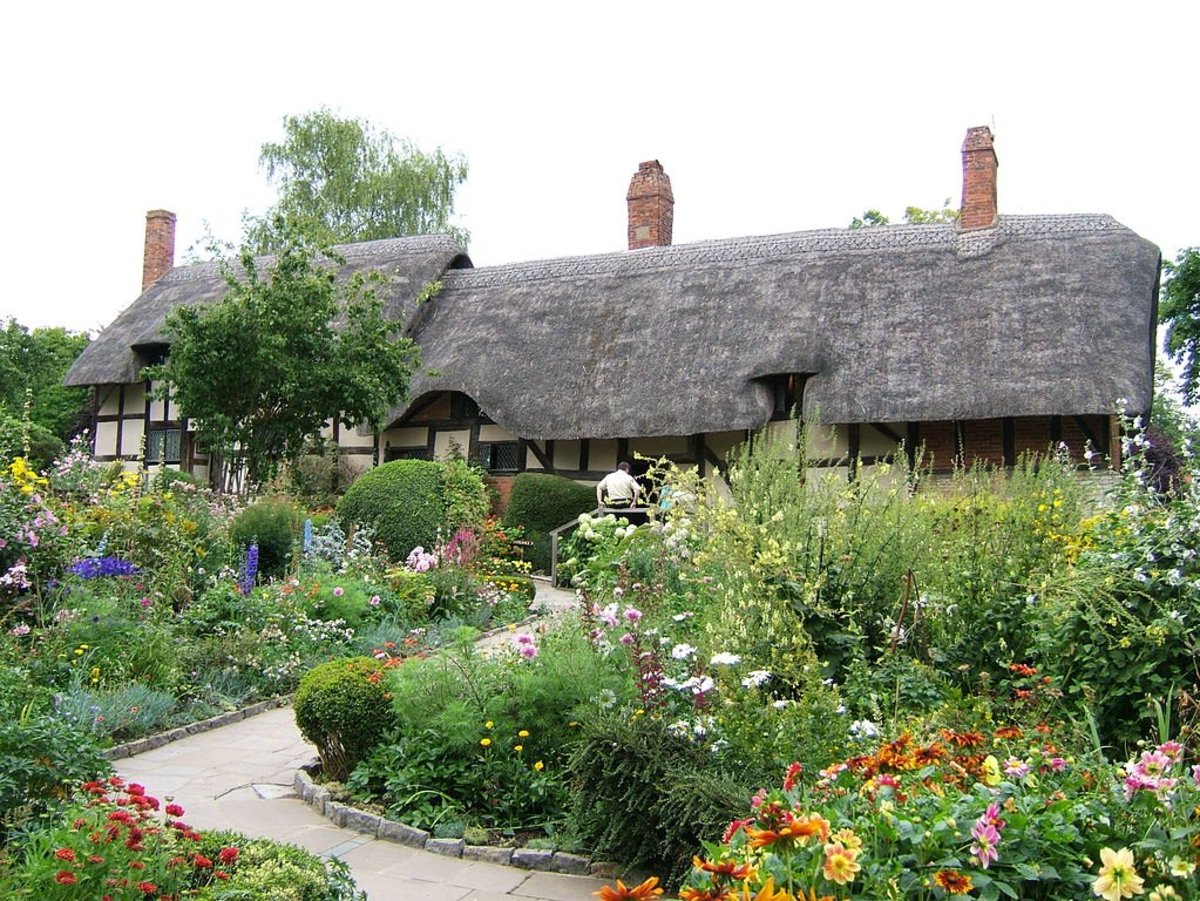
Tracks, as a rule, are designed in two types of materials. Those closer to the house are paved with stones since people walk more often in the yard, which means that the load on the coating increases. Moss “streaks” that fill the voids between the fragments of the paved surface will look beautiful. Then the path will take on a careless and slightly “abandoned” look. The stone goes well with picturesque, dilapidated brick walls, the holes of which are entwined with hops or ivy. The paths hidden in the site’s depths are sprinkled with gravel, crushed stone, sand, or crushed bark. If conifers grow in the garden, then the passage under them can be filled with cones. This option looks very original.
Water Bodies
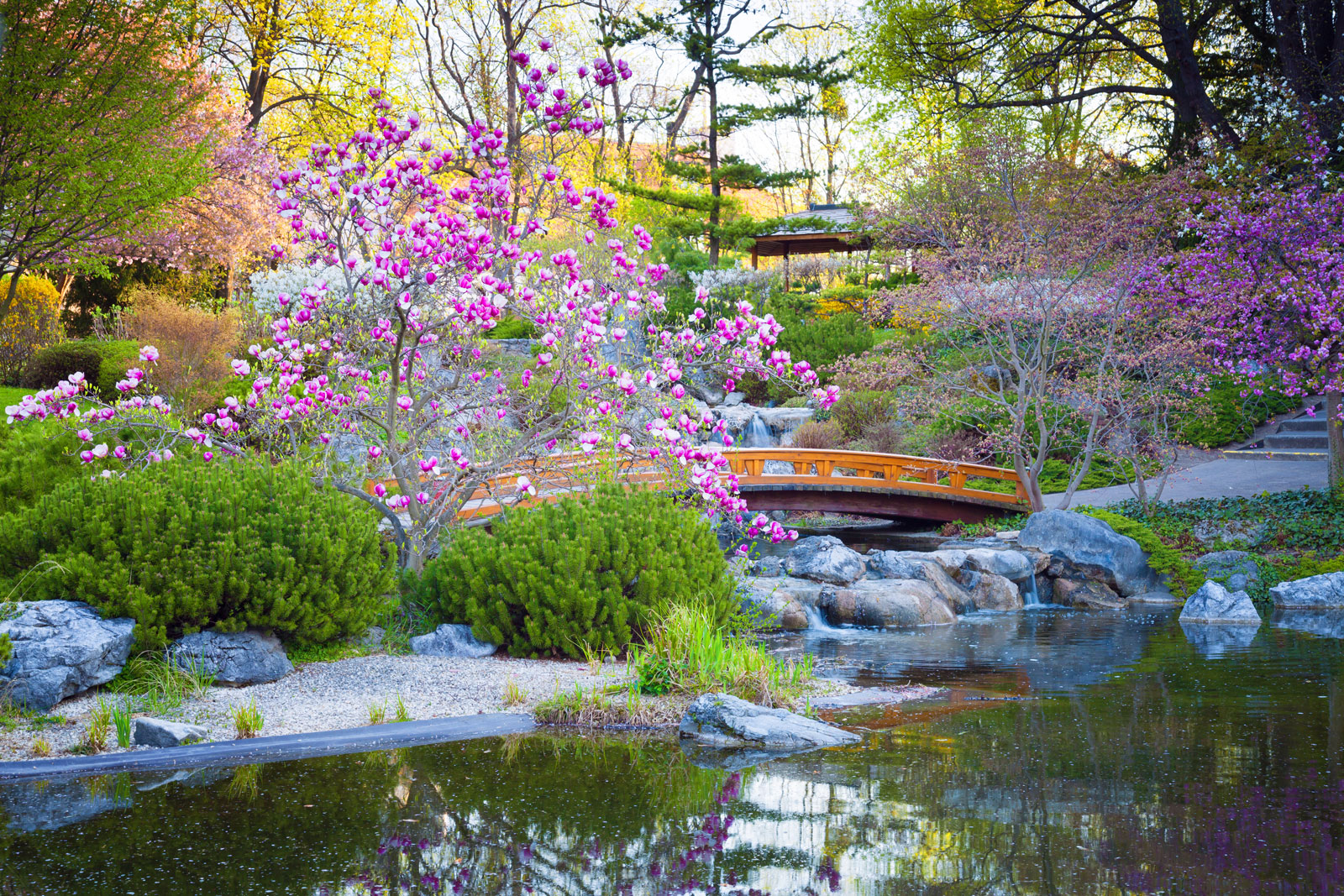
Ponds in the English style have an irregular shape that mimics the natural shape. The sloping coast is decorated with plants. A small fountain or sculpture is placed in the center of the reservoir. The water surface is decorated with water lilies, lilies, duckweed. If the dimensions of the reservoir allow, then a bridge with forged railing is thrown across its middle. One or two benches must be placed near the water. Partially I decorate the shore with stone steps, which smoothly turn into a rock garden with large cobblestones.
Plant Selection: Flowers, Shrubs, and Trees
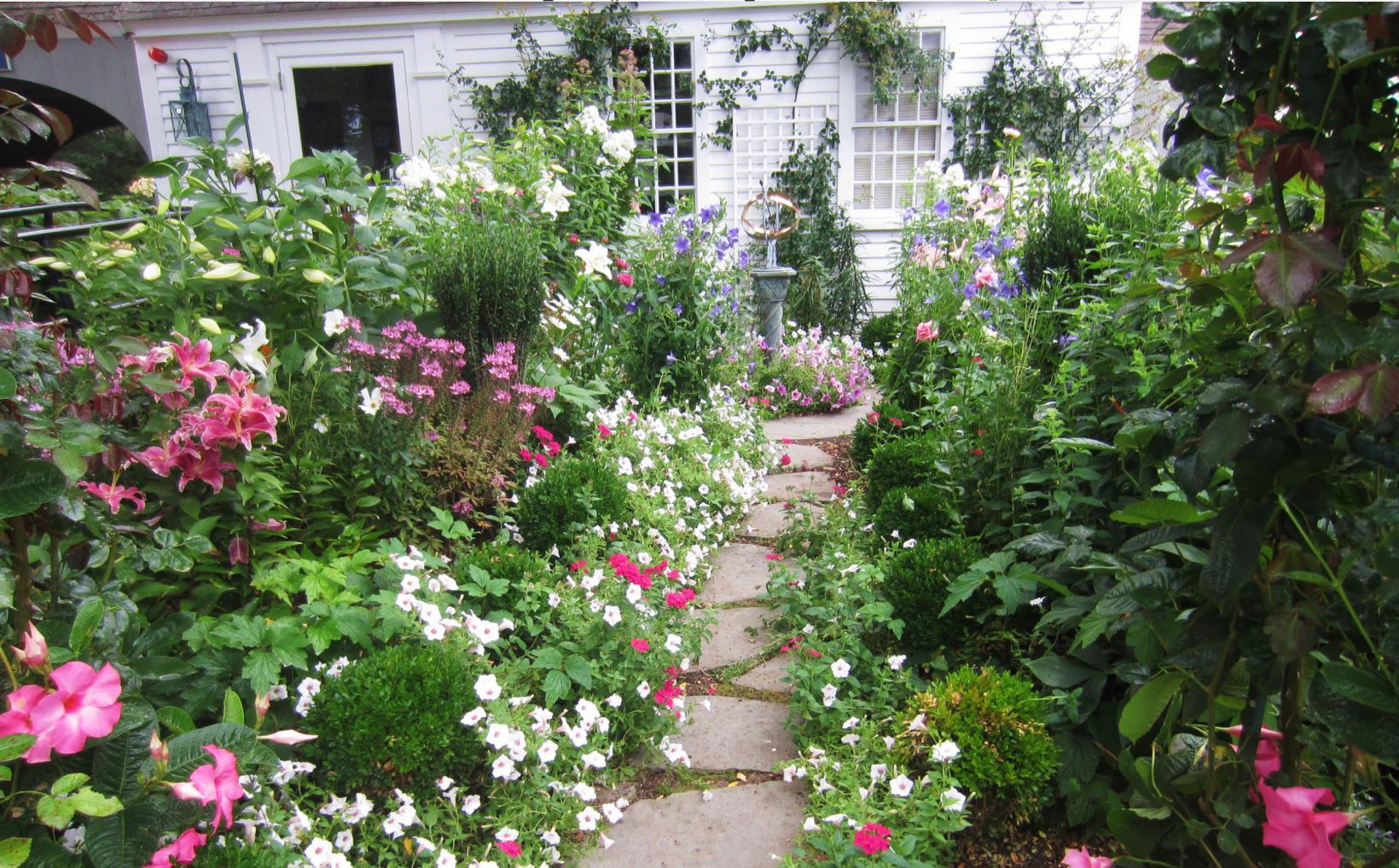
Hops, clematis, ivy, and girlish grapes will become a green background on which flower beds and rock gardens are located. Weaving plants literally twine around the walls of not only the main building but also the adjacent buildings. Spices flourish in English gardens. Tarragon, laurel, turmeric, saffron, basil, rosemary, wild garlic, cloves, coriander, and parsnips are chosen from the variety. The edge of the reservoirs is decorated with a swimsuit, cattail, marigold, forget-me-nots, irises, and sedges. Among trees, preference is given to chestnut, mountain ash, larch, birch, oak, thuja, and hazel (hazel).
Bushes of euonymus, turf, mock orange, lilac, elderberry, and jasmine are planted along the site’s perimeter. Among the variety of perennials, the choice is made on roses, phloxes, wormwood, giant onions, ferns, rhubarb, catchment, hosts, rogers. Spireas, daisies, crocuses, Galanthus, lilies of the valley, elecampane, delphiniums, peonies, primrose, asters are used in the garden cottage. From flower beds, preference is given to slightly sloppy mix borders. Neat single flower beds near the house itself are placed in stone vases-bowls on high, thin legs.
Conclusion
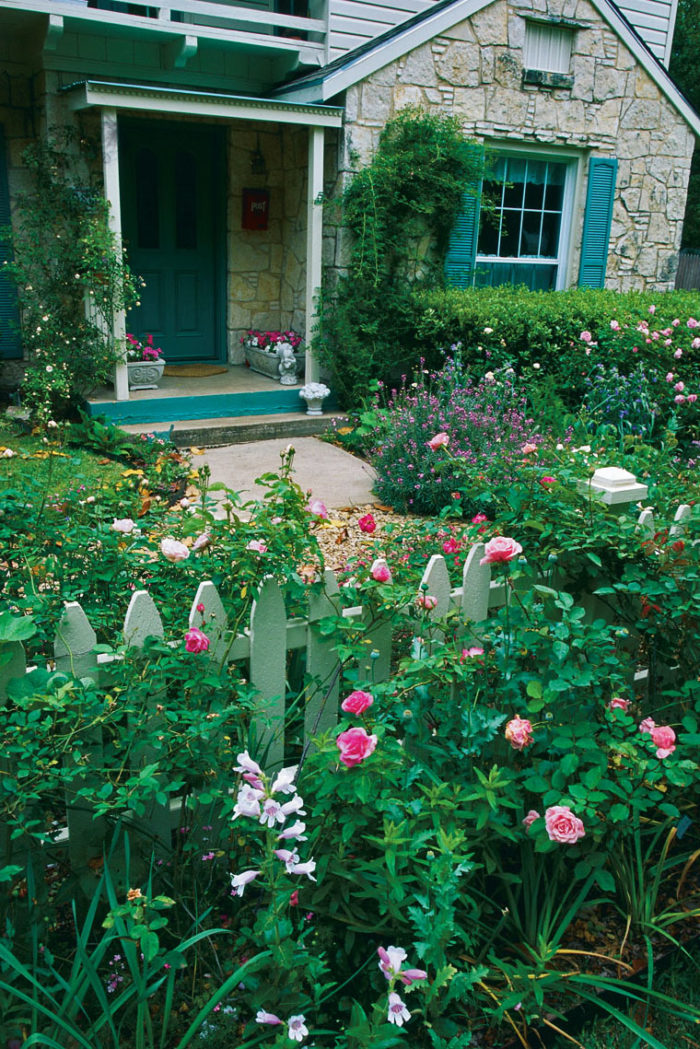
The English garden is suitable for decorating both luxurious cottages and unpretentious country cottages. The main thing is to follow the general rules and feel the “British spirit.” The English garden will be a great option for lazy owners, as the philosophy of the direction says: the surrounding beauty is created for contemplation and not for slave labor. Of course, you still have to take care of the property, but systematically and “unobtrusively.” Sometimes you need to trim bushes, water trees and plants during dry periods, and clear weeds from flower beds. By the way, the British have tremulous feelings for the topiary. Trimmed bushes are a must on every site. The scope is needed for the classic English style since palaces and castles were surrounded by spacious landholdings. A cottage garden is enough, and a couple of acres on the site.
